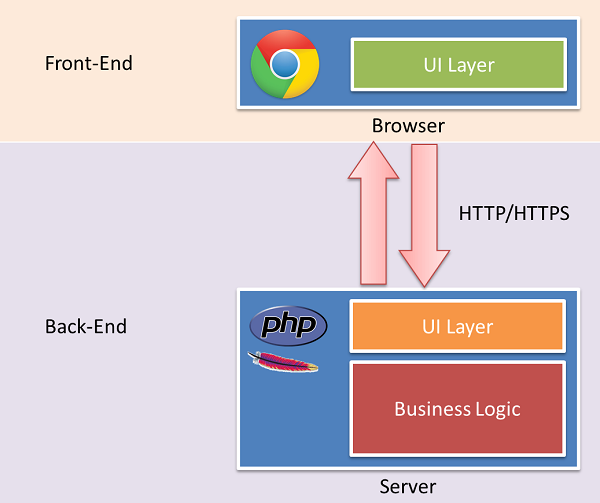Being a front-end engineer, you may either have a long history or a complicated one. Most of the time, the stuff sent by you to the browser was easy enough that it could be done by anyone. In fact, you will come across many so-called web developers who are nothing more than graphic designers. All they use is a different medium. One concept that transformed the entire digital era was specializing in web technologies like HTML, CSS, and JavaScript. Yes, these technologies were something that leads to a severe change in the perception of web developers changing themselves into front-end developers.
The quirky little toy language was capable enough to create professionals who acted like some kind of driving force of the internet. As more and more browsers were introduced, CSS and HTML came along in order to create cross-browser incompatibilities. By doing this they would clearly define the need for front-end engineers. As a result, today, front-end specialists are considered as one of the most sought-after candidates across the globe.
Significance of a Front-End Engineer
Even after the Ajax boom, these professionals were seen primarily working with technologies inside of a browser window. Concepts like HTML, CSS, and JavaScript languages were considered among the main priorities. Now there are two layers (UI) - one in the browser itself and the one on the server that generated the payload for the browser.

In the above image, the UI layer on the browser was the sole domain of the front-end engineers whereas the back-end UI layer was something where front-end and back-end engineers met and then the rest of the server architecture was where the guts of the application lived. This is the point where one finds data processing, caching, authentication, and all other pieces of functionality that were critical to the application. So the front-end was the browser and everything else was the back-end.
Introduction to Node.js
As soon as its first release, Node.js ignited a level of enthusiasm among front-end engineers to such an extent that it hadn’t been seen even when the term “Ajax” was first coined. The idea of writing JavaScript on the server- was simply great! Which also means that a developer would no longer be forced to muddle through PHP, Ruby, Java, Scala, or any other languages that were used for doing the front-end projects. In case, if the server could be written in JavaScript, then our complete language knowledge was limited to HTML, CSS, and JavaScript to deliver a complete web application.
For me, the technology was never about replacing everything on the server with JavaScript. The fact that you can do such a thing is amazing and empowering, but that doesn’t make it the right choice in every situation. Moreover, it allows Node.js developers a lot of power whether it’s about creating the back-end UI layer using pure JavaScript or getting the actual functionality by making REST calls.
In a nutshell
I simply love the platform and all the possibilities offered by it. Using Node.js for the back-end UI layer also frees up the back-end engineers from worrying about a whole host of problems in which they have no concerns or vested interest.


 留言列表
留言列表


